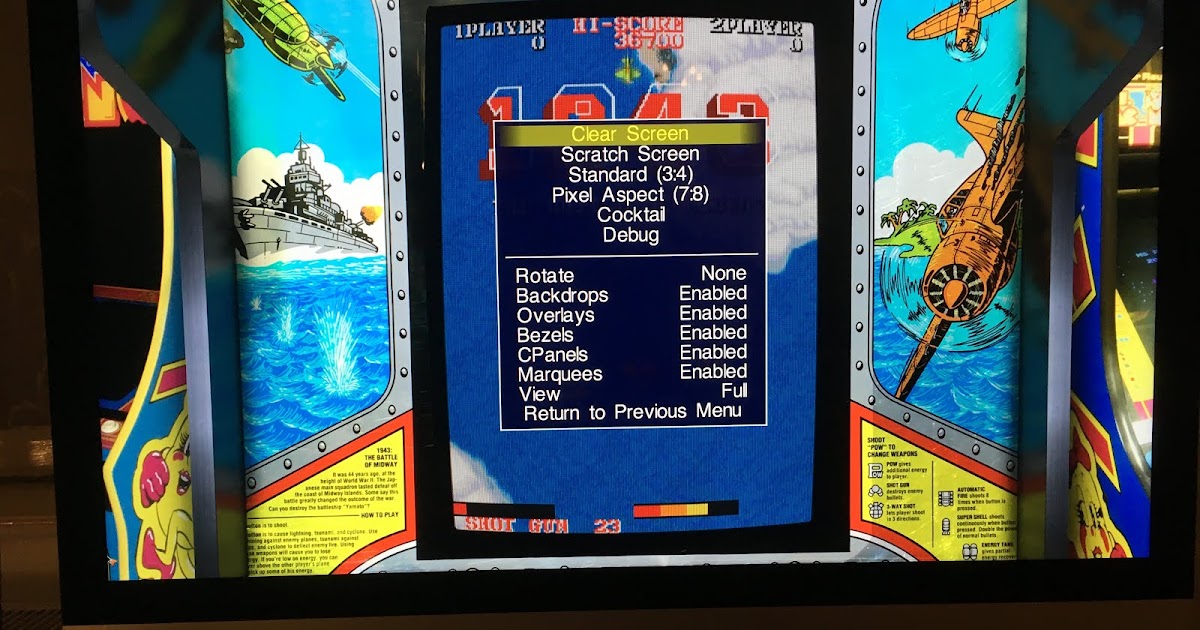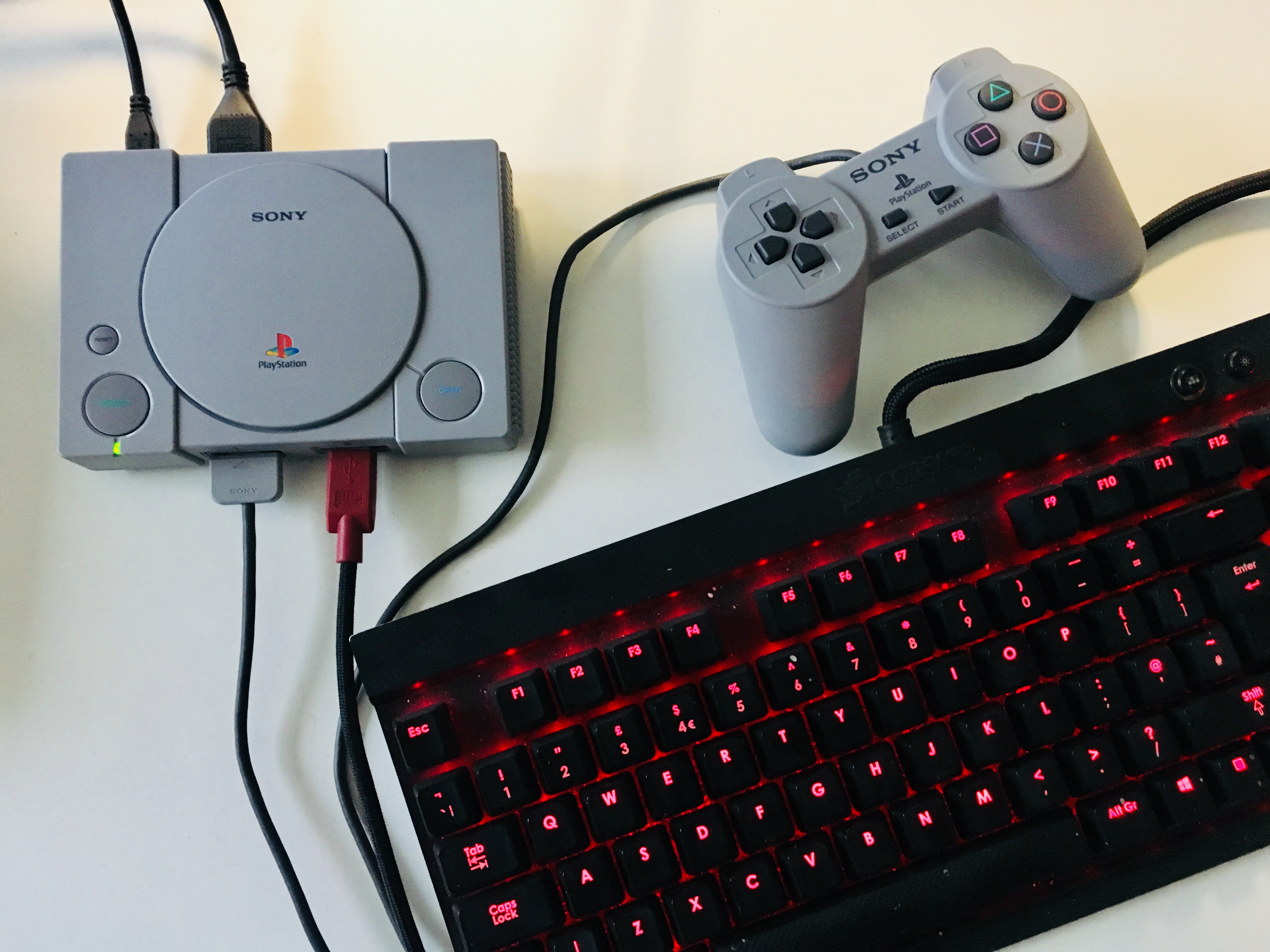
Here the default is again unset and you can choose between a bunch of defined aspect ratios as well as config, square, core, and custom. Lastly, in the same config editor there is the aspect ratio setting. I'm not sure what this means or how it ties into other settings or what I should choose. The tooltip says "for better performance on full HD displays choose a lower resolution and it will be upscaled in hardware). To stick with resolution for now I can choose between unset, some defined resolutions, video output resolution, and custom. If I go to configure basic, configure for all emulators I can choose an aspect ratio and a render resolution.

Now in the configuration editor there are two more options. So is this just choosing a resolution to output for the specific emulator or rom and it will override the system resolution? Also, oddly, if I select CEA 1 (640x480 4:3) the game window is actually slightly WIDER than if I select CEA 16 (1920x1080 16:9). These seem to be the same choices as the resolution in the config (CEA 1/2/3 DMT 4/5 etc). So first, when I launch a game (battletoads & double dragon for MD) and go into the launch menu, option 5 is for video mode. I've done a lot of Googling and searching these boards but I'm still quite confused. But I'm having trouble understanding some of the different options and how they work together. What I'd like to achieve when gaming is the best possible picture quality while also maintaining the closest possible to original aspect ratios, I don't want any zoom or stretch, etc. If it matters I'll be playing primarily Genesis and SNES, maybe some NES, and then anything else would just be dabbling.

In the same advanced options I have the resolution set to monitor preferred, but I checked and it's choosing CEA 16 1920x1080 16:9 which is correct. Now the interface fits the screen perfectly.

Initially the main interface had black borders all around but I was able to remedy that but going into the advanced options of the raspi-config and disabling overscan compensation. TV is set to display whatever it receives. New user with a Pi 3 B and V4.3 installed from the image here connected to a 4KTV via HDMI.


 0 kommentar(er)
0 kommentar(er)
